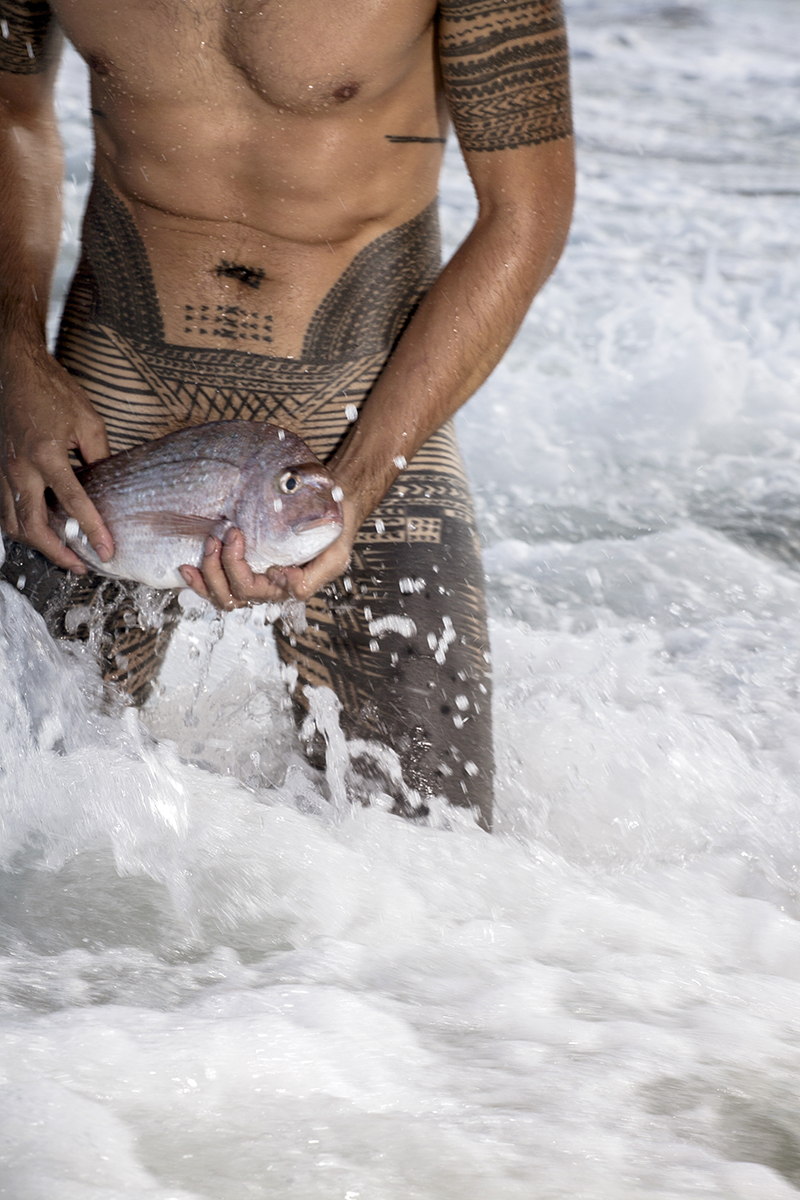
Self Portrait - the Fisher of Men - Matthew Chapter 419 by Greg Semu. Courtesy of the artist and The Arts House Trust Collection
Same same but different by Alessia Belsito-Riera
In Sāmoan there is a muagagana (saying) that goes “E sui faiga ae tumau faavae”. It means that even if practices, methods, and approaches change, the foundations stay the same.
Then and There, Here and Now: Sāmoan Portraits, curated by Annika Sippel, is a photography exhibition at New Zealand Portrait Gallery Te Pūkenga Whakaata that runs until the 10th of December. It engages with the muagagana and explores how Sāmoan traditions and values have stood the test of time over the last 150 years in Aotearoa New Zealand by pairing contemporary and historical photographs in six thematic groupings.
Sippel says Sāmoa’s relationship with Aotearoa is unique, complex, and deeply entrenched in a shared colonial history.
“The photographs emphasise the change and continuation of traditional values over time and space, by exploring how Sāmoan photographers in New Zealand present themselves and their communities today, as opposed to those presentations created by earlier non-Sāmoan photographers,” she says.
Sāmoan values and sense of identity have largely remained the same no matter where or when you look, she continues. “What has changed sometimes is the way these values are enacted.” Sāmoan New Zealanders stay connected to their heritage and explore their identity through dress, language, tatau (tattooing), gender, the home, community, and nature.
Sippel hopes Sāmoan audiences see themselves, and that all visitors reflect on their own values and heritage, asking themselves “how would they want to portray themselves to the world? What makes them who they are, and how would they keep those values alive over time and if they were removed from their cultural roots, their people, and language?”
View more articles from:
« Issue 206, October 10, 2023

